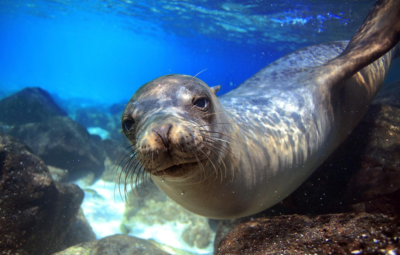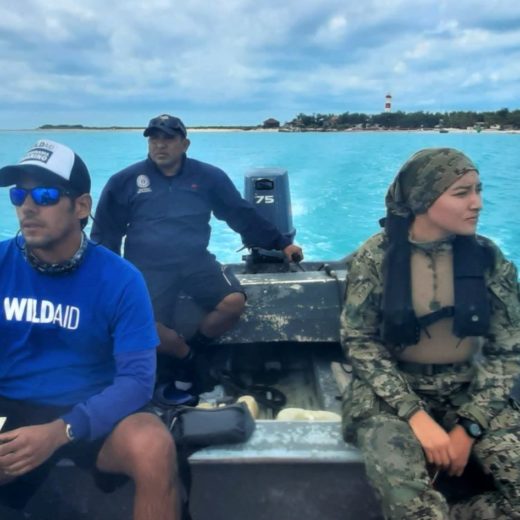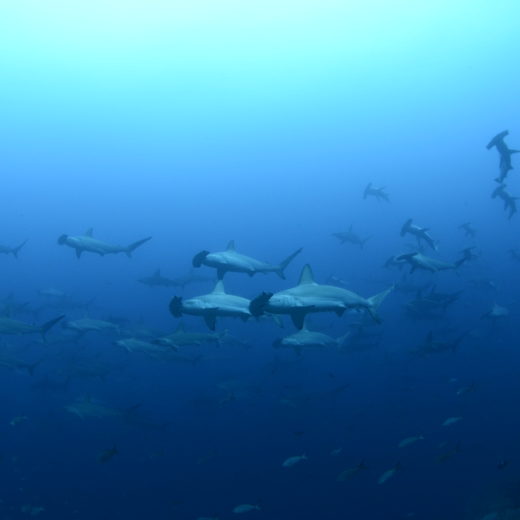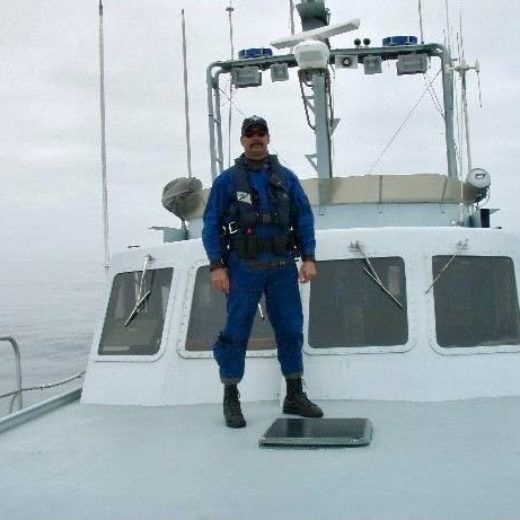
Together with the Galapagos National Park Directorate (GNPD), WildAid and its conservation partners commemorated the 60th anniversary of the Galapagos National Park with an event on July 4th. To mark the occasion, the United Nations Educational, Scientific and Cultural Organization (UNESCO) renamed the existing biosphere reserve from Archipiélago de Colón to the Galapagos Biosphere Reserve, recognizing the importance of the marine area of the park. This expanded the reserve’s size to 56,000 square miles, making it one of the largest marine biosphere reserves in the world.
“Since Charles Darwin first visited the Galapagos, its species and habitats have been a source of wonder,” said WildAid Marine Director Meaghan Brosnan. “We’re proud to work with our partners to strengthen the protection of the Galapagos’ vibrant oceans and unique wildlife.”


In July 1959, Ecuador declared Galapagos a national park. It was also the centennial of Darwin’s seminal book, On the Origin of Species. The GNPD marked the occasion with the celebration on Santa Cruz Island for the community, together with its various non-profit and governmental partners that have helped to make the park a success over the years, including Conservation International, WWF, Island Conservation, and the Ecuadorian Ministry of Environment.
WildAid has worked with the GNPD for nearly 15 years to prevent shark finning, illegal fishing, and poaching in the Galapagos. In the early 2000s, the area was rife with shark finning operations – it is estimated that nearly 12,000 sharks were poached for their fins in 2009 alone. As a part of its long-standing partnership, WildAid has supported rangers with the tools, training, and strategic advice needed to improve the effectiveness of the enforcement system protecting the park. As a direct result of the GNPD’s hard work, no incidents of shark finning have been observed within the park since 2014.
“Sixty years after its founding, the GNPD’s staff continue to protect this incredible area from numerous threats, including illegal fishing, poaching, and invasive species,” said Brosnan. “The health of its numerous endemic species, its current status as the site of the densest shark population in the world, and the initial recovery of shark populations in some of its most depleted areas, all show that the reserve’s protection system is working. Of course, we can’t stop there; this recovery only makes the park an even more tempting target for poachers, which is why WildAid is committed to continuing our support of the GNPD.”
The Galapagos Islands and their surrounding waters encompass a truly unique environment that is home to 7,000 endemic species including the Galapagos tortoise, marine iguanas, the fabled Darwin finches, and the densest shark population in the world.
With support from WildAid and conservation partners, Galapagos National Park employs long-range cameras, electronic vessel monitoring, and radar to monitor the reserve. The electronic systems are complemented by regular ranger patrols using a fleet of three oceanic vessels, five coastal vessels, and a patrol plane. Last year, they conducted nearly 9,000 hours of patrols throughout the reserve.
WildAid celebrates the Galapagos National Park’s 60th anniversary with a commitment to continue improving upon the existing protection system with the GNPD and adapting it to ever-changing threats, to ensure its marine wildlife can flourish for years to come. We look forward to continuing to use the most cutting-edge technology and the best strategy to protect this global treasure.
With the support of the Galapagos Conservation Fund, Lindblad Expeditions-National Geographic, the Paul M. Angell Foundation, and the Leona M. and Harry B. Helmsley Charitable Trust, WildAid Marine has been working with the Galapagos National Park Service to strengthen enforcement of the Galapagos Marine Reserve.


Stay in touch and get the latest WildAid updates.
SIGN UP


